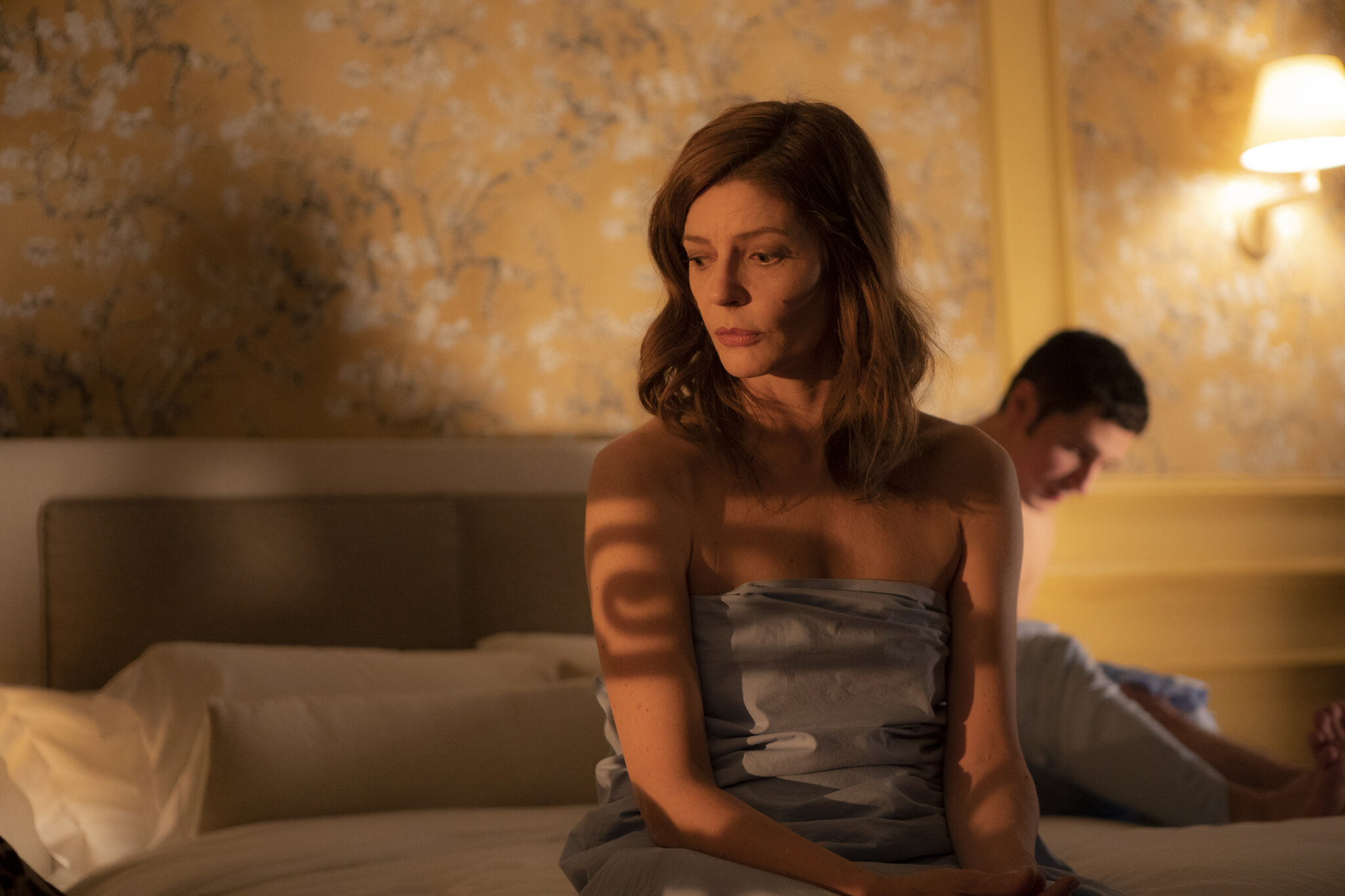It’s hard to decide what to admire more about the left-field thriller “The Vast of Night”: The bravura visual strokes of director Andrew Patterson, or the edge-of-your-seat storytelling talents of writers James Montague and Craig W. Sanger.
Don’t bother looking those names up in the IMDb: This movie — which earned a Film Independent Spirit Award nomination for first screenplay, and won the audience award at the 2019 Slamdance Film Festival — is the first credit for all three of them. Just wait a few years, though: These guys are going places.
In the small town of Cayuga, N.Mex., sometime in the late 1950s, fast-talking teen Everett (Jake Horowitz) is trying to get away from the season-opening basketball game at the high school, so he can start the overnight shift at the town’s radio station. Tagging along is Fay (Sierra McCormick), a classmate who just got her own tape recorder, and wants some tips from Everett about how to use it.
Fay also has a night job, as the switchboard operator for the town’s phone system. Everett walks Fay over to her job from the high school — with Patterson following the action through a series of long, fluid takes — and everything seems to be as normal as a small town can be.
Fay kills time while she’s working by listening to Everett’s radio show, and is surprised when a strange sound comes over the airwaves. She’s even more surprised, even a little terrified, when the same sound comes over her headset from an unknown caller. Then someone on the edge of town calls, frantically talking about something unusual in the night sky. And, again, there’s that sound.
Fay calls Everett, and plays him the sound. Everett records it, and puts it on the air — because it’s “good radio” — and asks his listeners to call if they know what it is. One listener, Billy (Bruce Davis), has heard it, and tells a harrowing story about… well, that would be getting ahead of ourselves.
Much of “The Vast of Night” is dialogue-heavy, like when Billy tells his tale, or when an elderly woman (Gail Cronauer) tells the teens something even more startling. I grew up on the old “CBS Radio Mystery Theatre” in the ’70s, itself a throwback to radio dramas of decades earlier, so I can tell Montague and Sanger are devotees of the format — and the power of using nothing more than language to cast a spell over an audience.
Patterson’s influences might include classic television — he uses a quasi-“Twilight Zone” intro as a framing device — but also master directors like Brian de Palma and David Fincher. Patterson deploys some astonishingly good camera moves for a micro-budget movie, highlighted by one camera shot that goes down a road, across a field, through the high school parking lot, into the gym, among the basketball players, up the bleachers, out a window, down to the street, across another field, and ending at Everett’s radio station.
With a minimum of special effects, “The Vast of Night” also relies on the chemistry of its young stars. McCormick, who cut her teeth on Disney Channel shows, and Horowitz, who got a big break in Julie Taymor’s 2014 production of “A Midsummer Night’s Dream,” are great as our teen detectives, their shared curiosity and vulnerability creating as much tension as the odd noises outside. This is the sort of small movie people will discover, and then remember when the actors or filmmakers make it big.
——
‘The Vast of Night’
★★★1/2
Opening Friday, May 15, at drive-in theaters across the United States, including the Redwood Drive In (West Valley City); streaming on Prime Video starting May 29. Rated PG-13 for brief strong language. Running time: 91 minutes.







